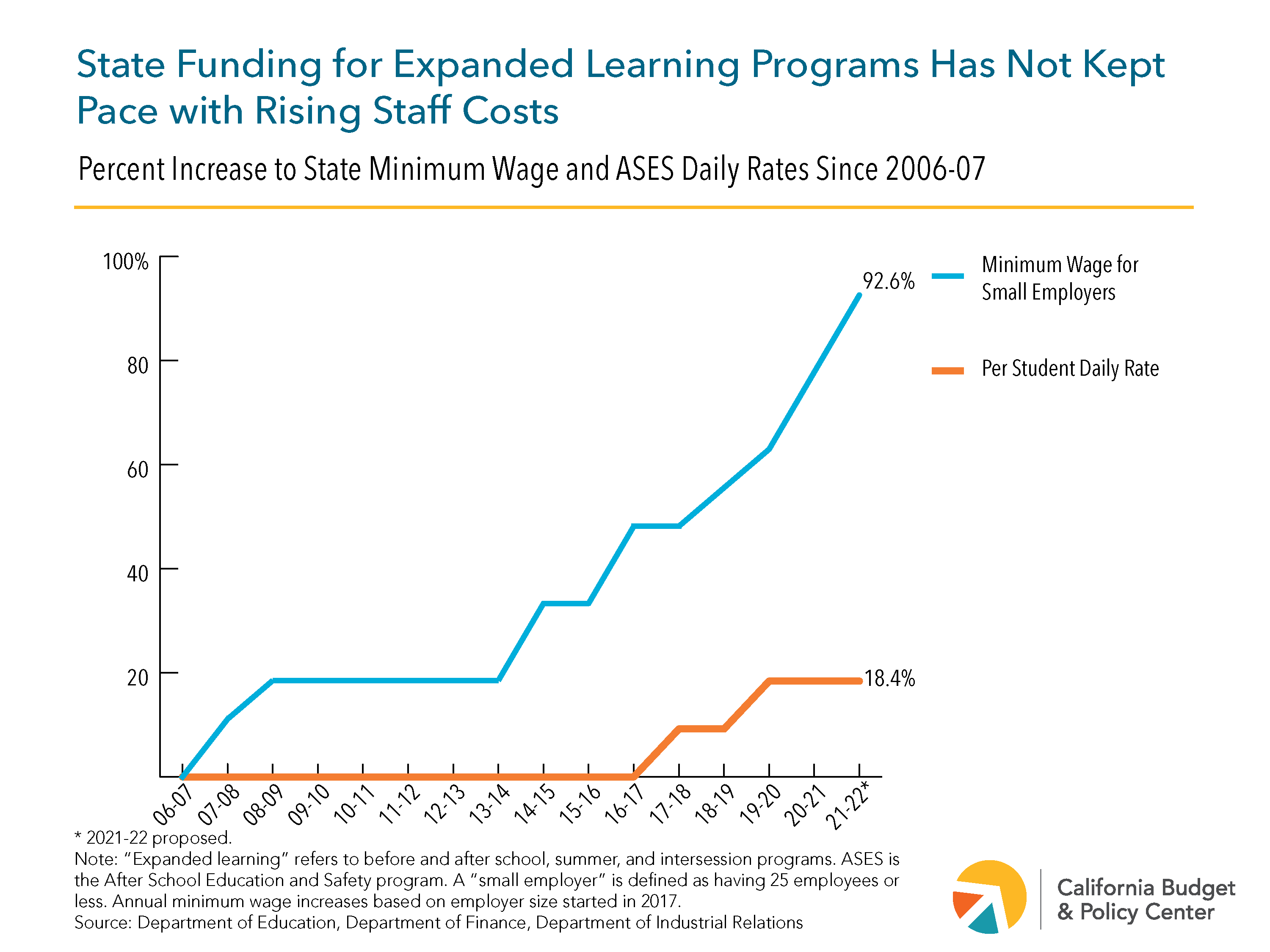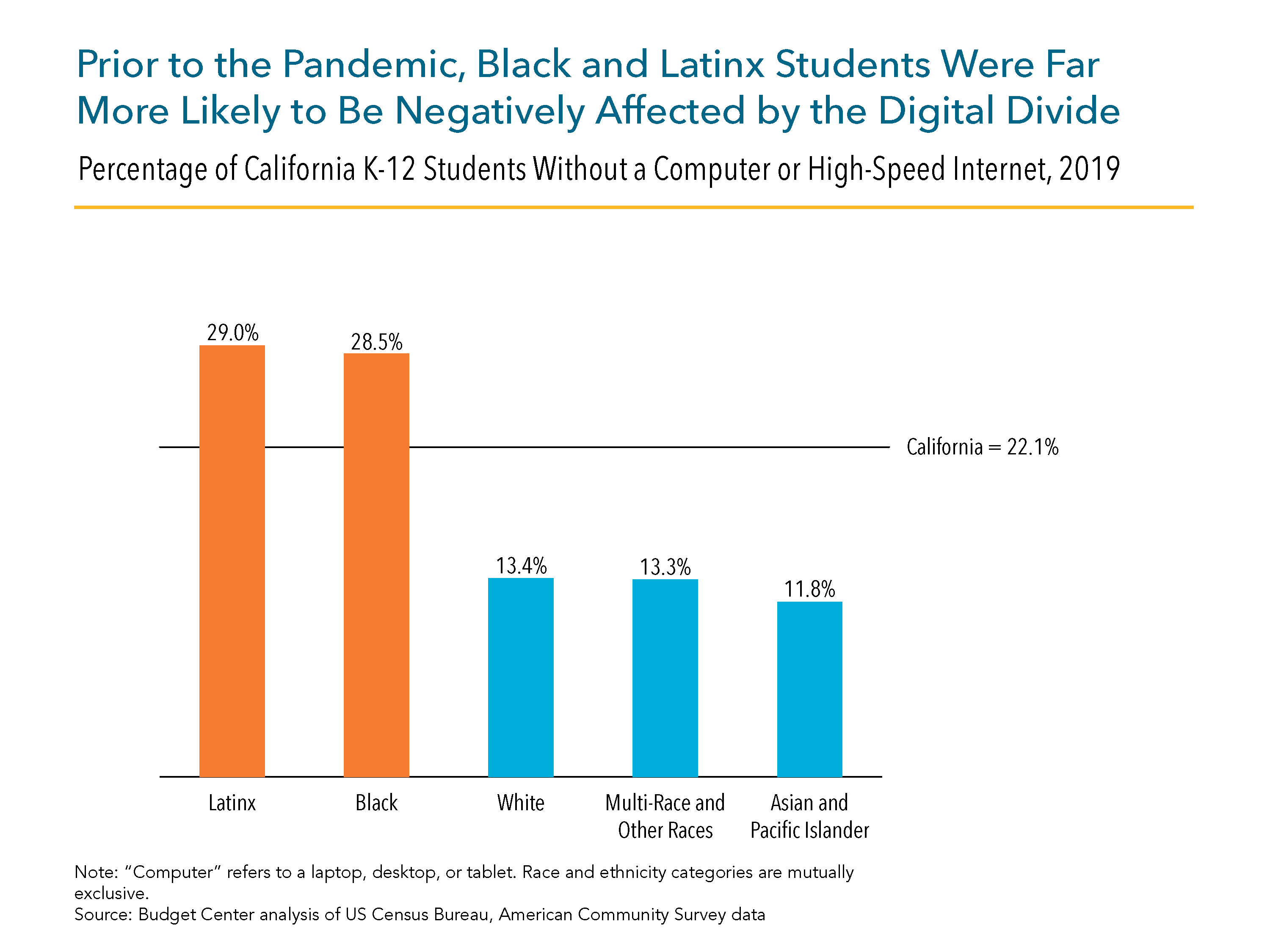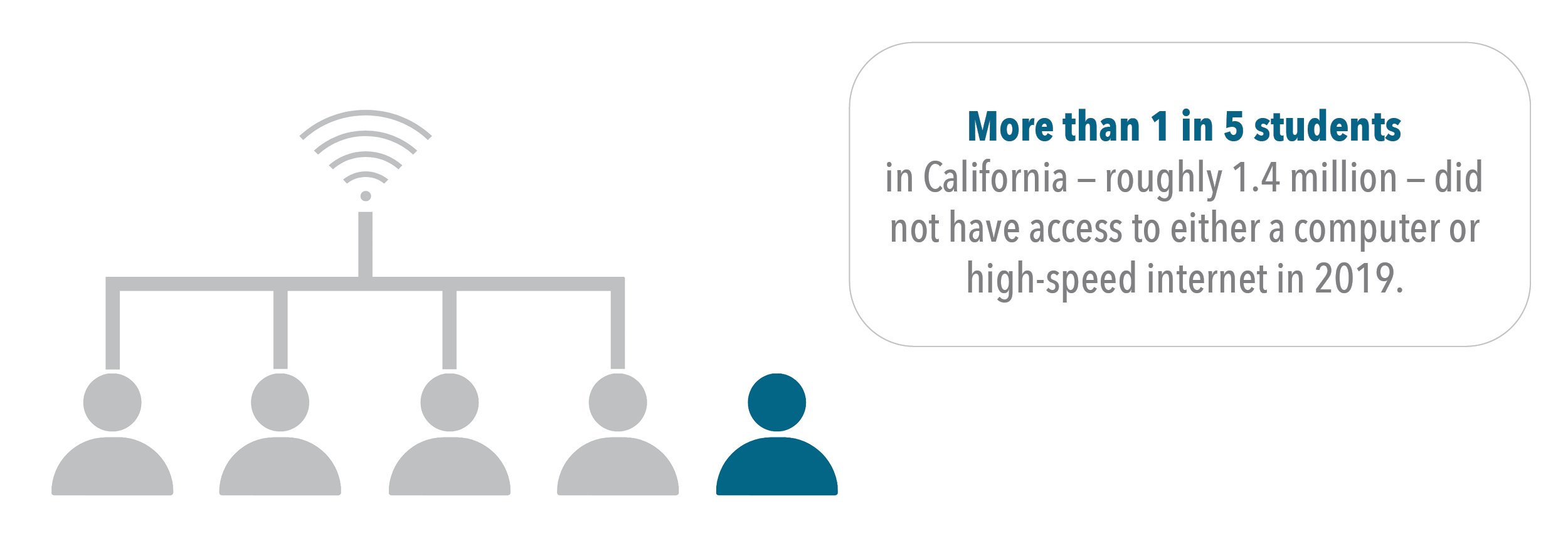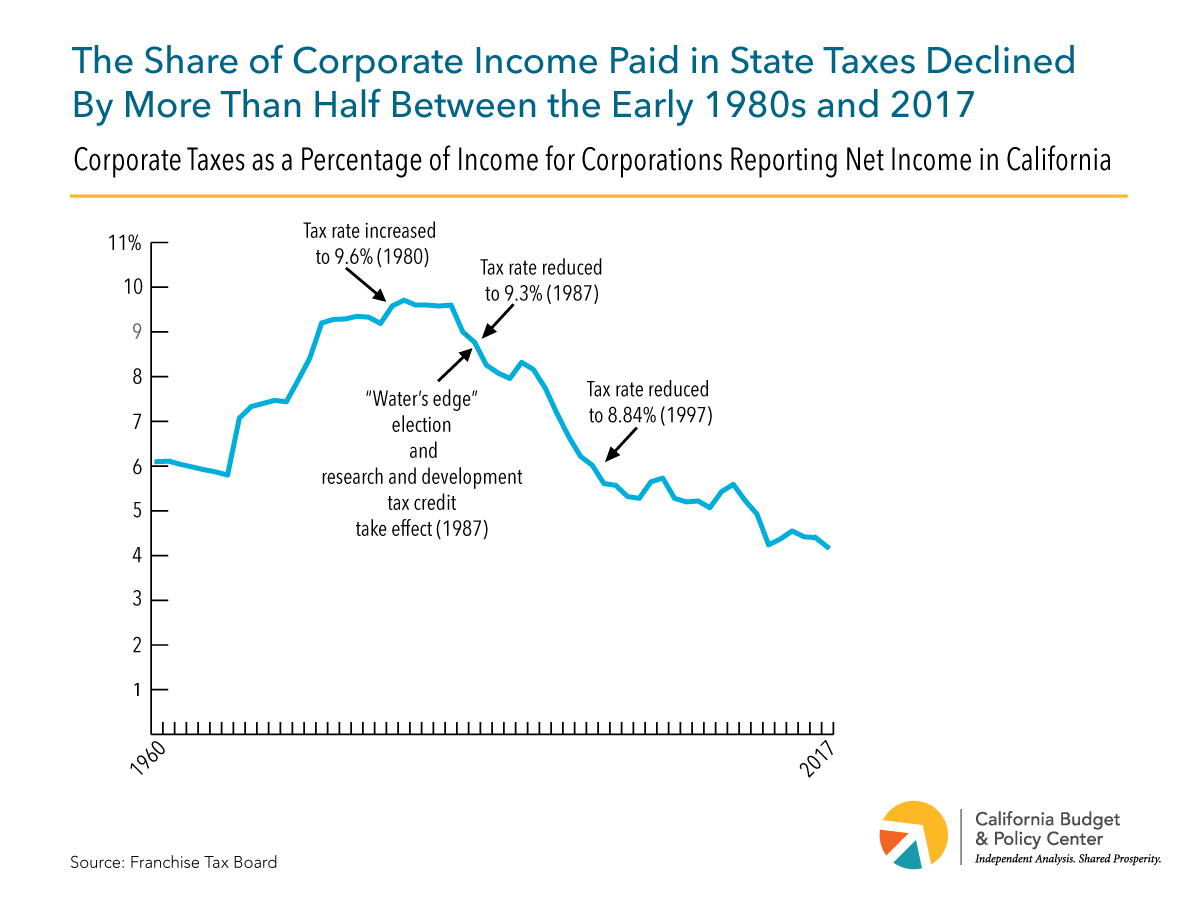The COVID-19 pandemic has disrupted California students’ and families’ lives — affecting learning, upending social and emotional support systems, and creating a caregiving crisis. Students have also missed out on expanded learning opportunities, such as before and after school, summer, and intersession programs. Expanded learning programs offer academic enrichment for over 900,000 students throughout the year. These programs serve mostly students of color and low-income students as well as English language learners and students experiencing homelessness.1 Many parents rely on these programs for safe and supportive learning environments for their children while they work.

While demand for quality expanded learning programs and the needs of the expanded learning workforce were rising even before the pandemic, state funding stalled. California’s expanded learning system is funded with state and federal dollars.2 The After School Education and Safety (ASES) program provides state funds through grants that go directly to local educational agencies with priority for sites with higher percentages of students eligible for free and reduced-price meals.3 For a decade, starting in fiscal year 2006-07, annual state funding for ASES remained at $550 million. Policymakers increased funding to nearly $650 million in recent years, which allowed for an increase in the daily per student allocation, but that falls short of the level necessary to cover costs — largely due to the increasing minimum wage. Programs that receive ASES grants have struggled to keep their doors open with a per student daily rate that has increased by just 18% since 2006-07, from $7.50 to $8.88. During that same period, the minimum wage has increased by 93%, a much-needed and long-overdue increase that helps ensure that the expanded learning workforce is supported, but that significantly increases ASES program costs at the same time.
Growing demand for ASES grants exceeds available funds, and state and federal pandemic response funds for expanded learning are one-time dollars — leaving the workforce, students, and parents uncertain about their ability to return to school and work. Given the state’s strong fiscal condition, state lawmakers should provide a cost-of-living adjustment to support the expanded learning workforce and make long-term and sustainable investments in ASES funding that can support students’ academic and social-emotional development as well as families’ caregiving needs.









